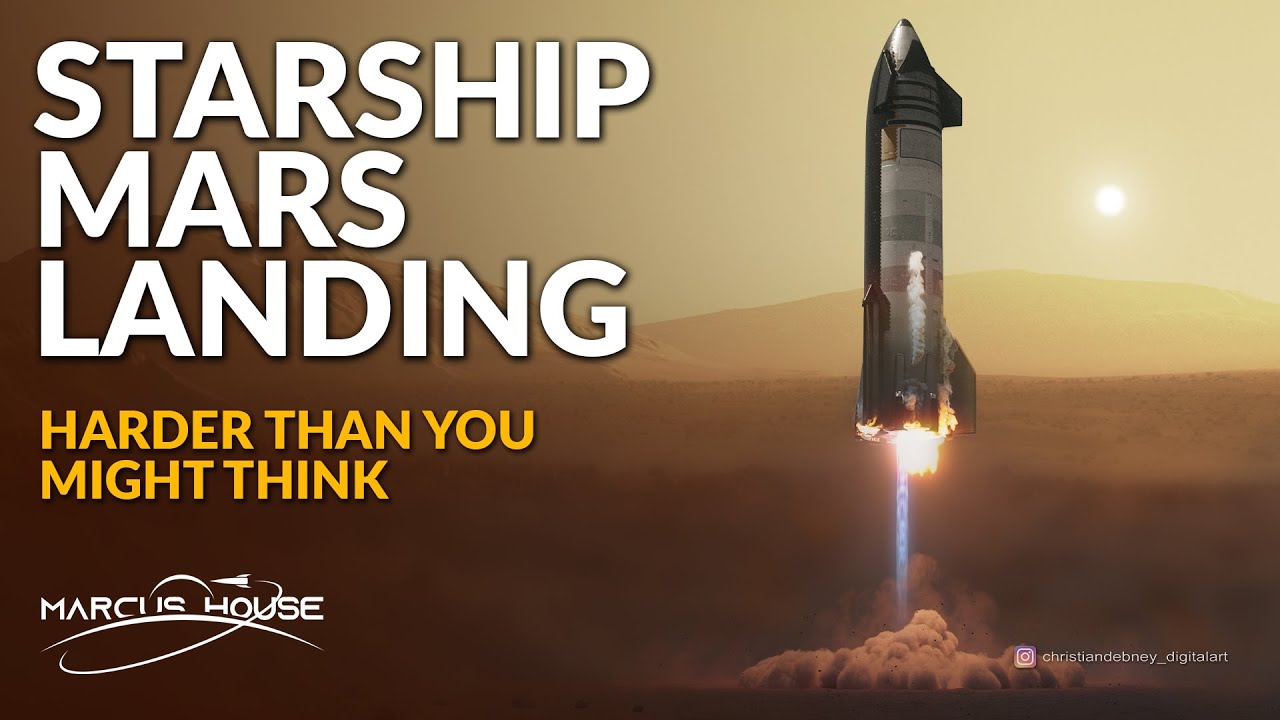This week, instead of the usual summary of space news, Marcus House takes a deep dive—alongside SpaceX’s Starship—into the atmosphere of Mars, exploring the issues involved in landing Starship on the Martian surface.
Mars is one of the most difficult places to soft land in the solar system. It has an atmosphere, which means any spacecraft arriving at orbital or interplanetary velocity must have a thermal protection system (heat shield) to dissipate kinetic energy, but the atmosphere is less than 1% as dense as Earth’s and, although it does permit scrubbing off more than 99% of the entry velocity, it’s insufficient to allow parachutes to brake objects to a survivable velocity. This requires propulsive (rocket-assisted) landing for final descent, which raises issues with interaction between rocket plumes and the dusty Martian surface.
All of this makes landing SpaceX’s Starship on the Martian surface a very different matter than on Earth, where the atmosphere can be made to do most of the work via the “belly flop” maneuver, or on the Moon, where the lack of an atmosphere and gravity only 1/6 of Earth’s makes a pure propulsive landing of a ship that doesn’t require a heat shield relatively straightforward.
Crunching the numbers seems to indicate Mars-bound Starships will require modifications to meet the challenges of landing. SpaceX’s rapid development cycle and flexible assembly techniques may allow tailoring Starship to the mission for which it is intended.
